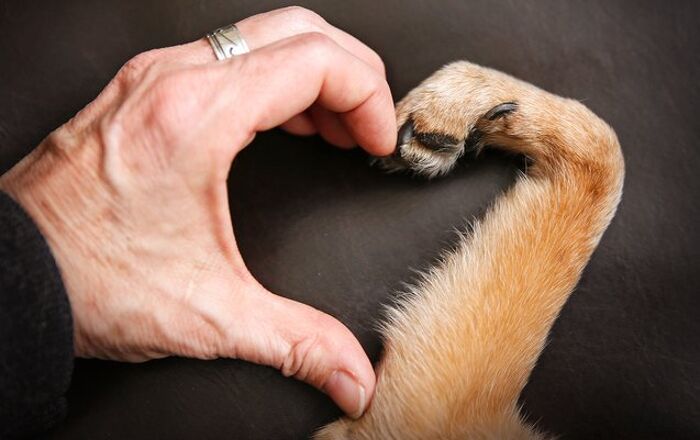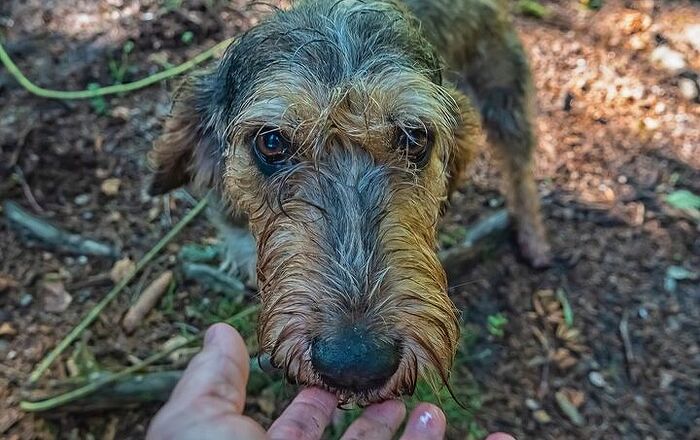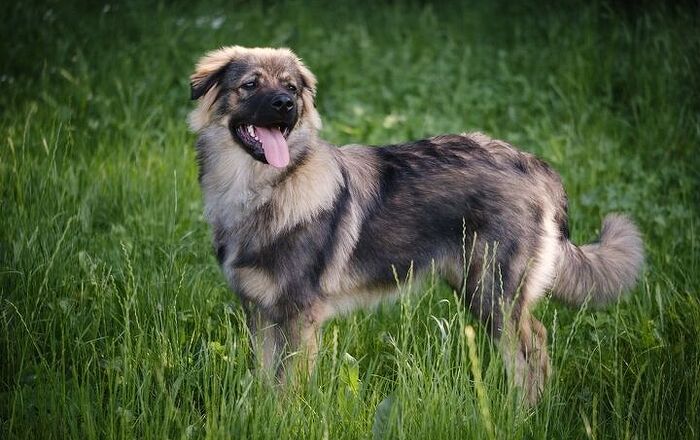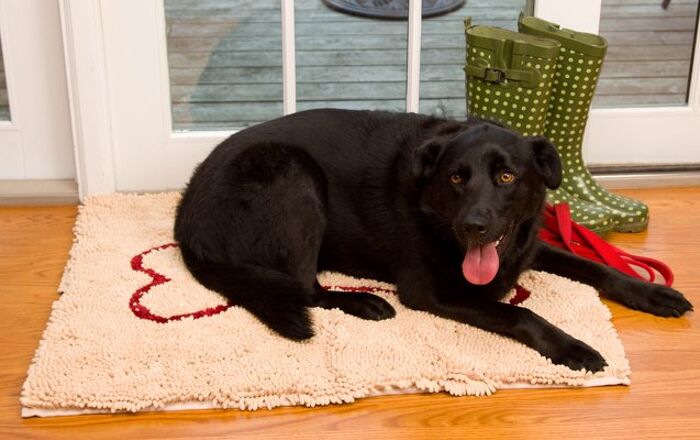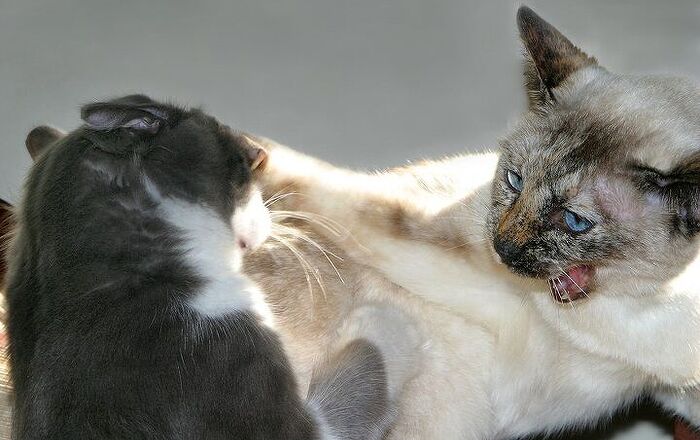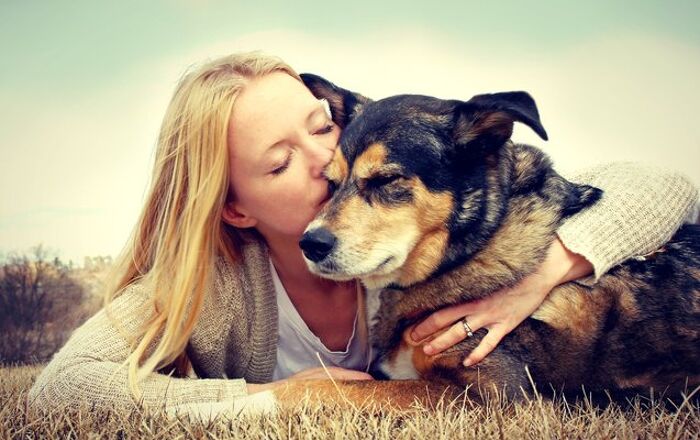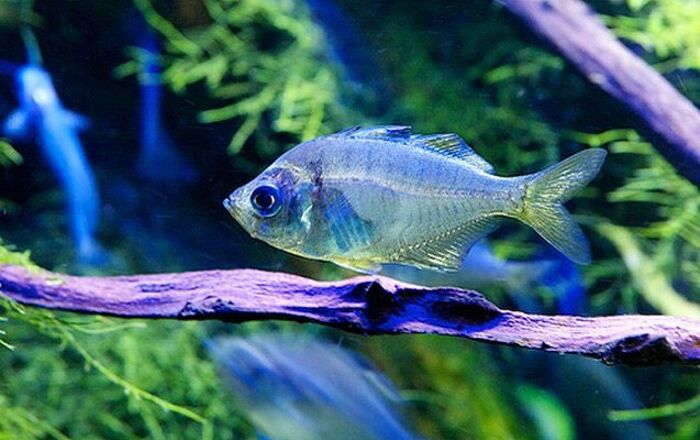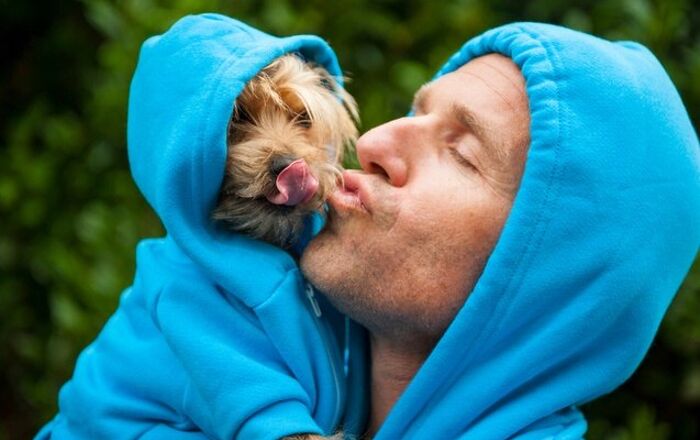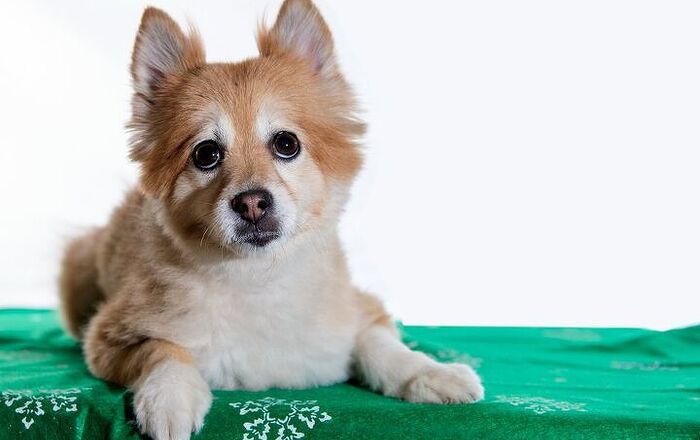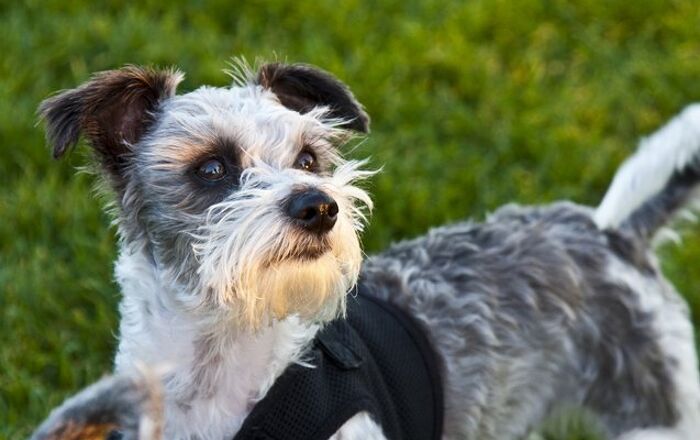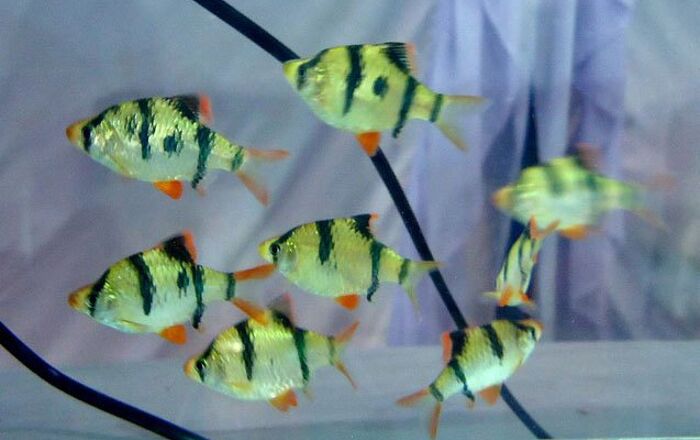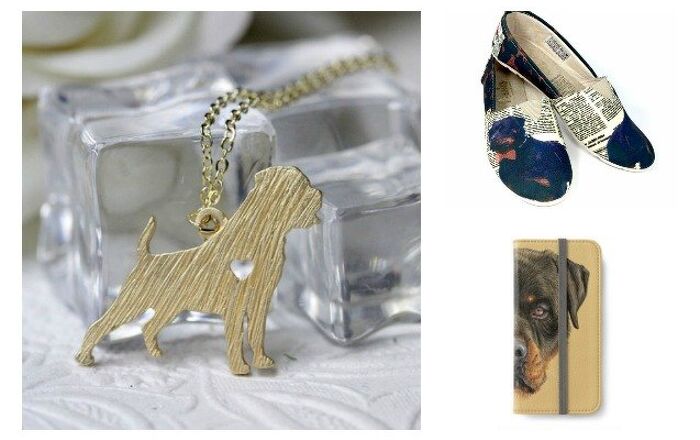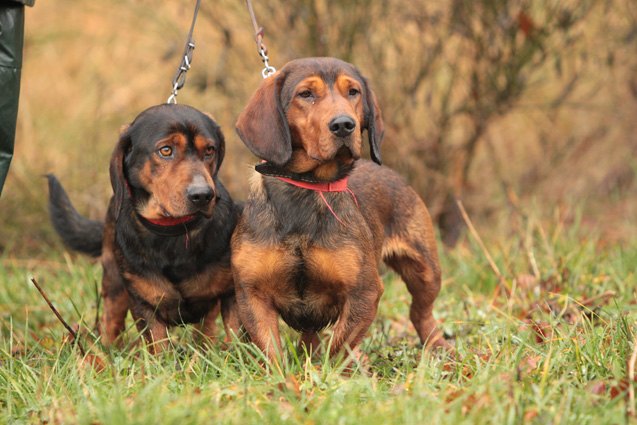
Alpine Dachsbracke Basics
When you see the Alpine Dachsbracke for the first time, you might be a little confused because his legs seem too short for his body. Though this breed is a scenthound like long-legged breeds like the Bloodhound or the Black and Tan Coonhound, he was developed for a unique purpose. The Alpine Dachsbracke has the ability to track game over the roughest terrain, even through the brush, following the trail long after it has gone cold.
The Alpine Dachsbracke has the ability to track game over the roughest terrain.
Origin
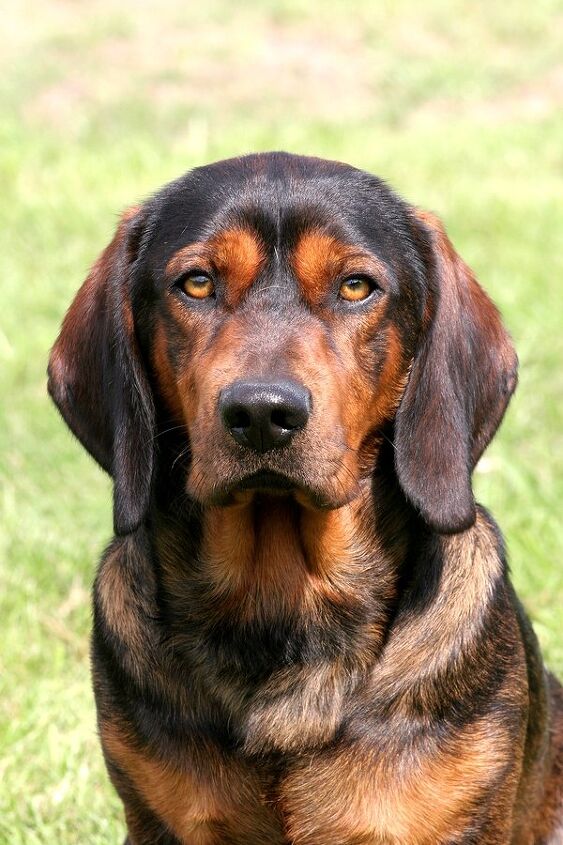
The origins of the Alpine Dachsbracke can be traced to Austria where this breed is known as the Alpenlandische Dachsbracke. This breed is descended from an ancient hunting breed used for tracking and hunting game at high altitudes, so short legs were a must. Related to the larger Westphalian Dachsbracke, this breed is typically used to hunt rabbit, deer, and fox. The breed was also used for hunting expeditions in Egypt and Turkey by King Rudolph of Habsburg during the late 1800s.
Pedigree
The Alpine Dachsbracke was developed from larger Austrian hounds and crossed with Dachshunds to achieve its short-legged stature. This breed was a favorite among Austrian nobles, known for its versatile abilities to hunt deer as well as fox, boar, hares, and more.
Food/Diet
The Alpine Dachsbracke is a medium-sized dog, so choose a high-quality dog food formulated for other dogs of his size. You should also keep in mind that this breed was developed for hunting, so an active or working breed might be more appropriate. Follow the feeding recommendations on the package and make adjustments as needed to suit your dog’s activity level.
Developed as a hunting breed, the Alpine Dachsbracke has a fairly strong prey drive.
Training
As you might expect from a hunting breed, the Alpine Dachsbracke is intelligent. This makes training fairly easy, though you do need to keep an eye out for independent or obstinate tendencies. This breed responds well to positive reinforcement training and they love having a job to do, especially if it involves hunting. Training is needed to control this breed’s strong prey drive, though they are generally not aggressive with people or other dogs. This breed does benefit from early socialization, especially if you plan to keep it as a family or household companion.
Weight
The Alpine Dachsbracke is a short-legged, medium-sized dog that stands between 13 and 16 inches tall and weighs 30 to 40 pounds at maturity.
Temperament/Behavior
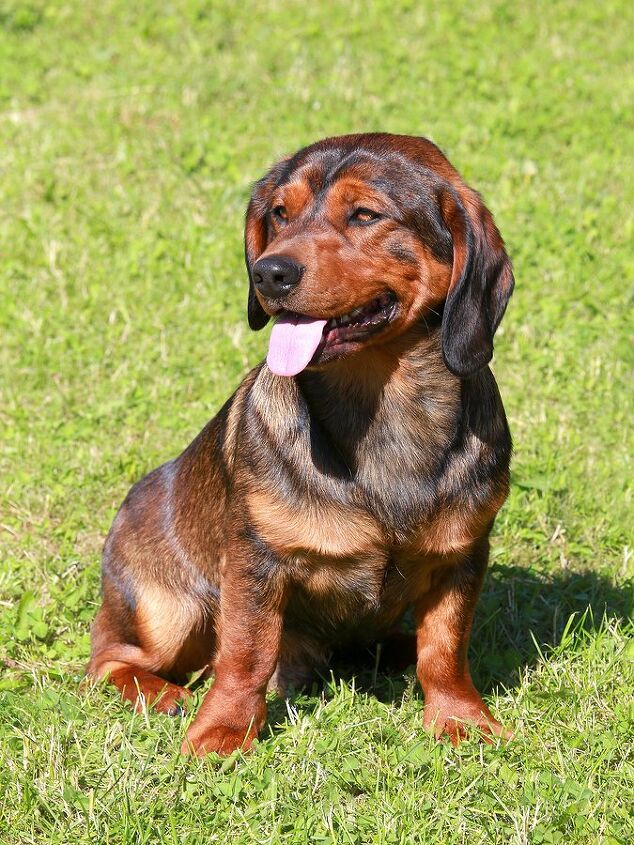
Developed as a hunting breed, the Alpine Dachsbracke has a fairly strong prey drive so they are likely to chase cats and other small household pets. In terms of temperament, however, this breed is gentle and friendly, though they can become destructive if they don’t get enough physical and mental exercise. The Alpine Dachsbracke can adapt to apartment life with adequate daily exercise and this breed makes a great family companion. This dog is also fairly sociable, so he is likely to get along with other dogs.
Common Health Problems
The Alpine Dachsbracke is not known to suffer from any genetic diseases, though they are prone to back injuries do to their elongated backs. This breed also has a risk for hip dysplasia as well as other musculoskeletal issues – especially if the dog becomes obese.
Life Expectancy
The average life expectancy of the Alpine Dachsbracke breed is only about 10 to 12 years which is a little short compared to other dogs of its size.
Exercise Requirements
The Alpine Dachsbracke is a lively and hard-working breed that is born to hunt. As such, these dogs have fairly high energy levels and high needs for exercise. With their short legs, you may not expect this breed to achieve great speeds, but the Alpine Dachsbracke is a surprisingly fast runner with excellent stamina.
The Alpine Dachsbracke can adapt to apartment life with adequate daily exercise.
AKC
The Alpine Dachsbracke is not currently recognized by the American Kennel Club but it is grouped with other scenthounds by the FCI and the UKC.
Coat
The Alpine Dachsbracke is similar in appearance to the Dachshund with his short legs and long snout, though he is much sturdier and several inches taller. This breed has a thick top coat with a dense, close fitting undercoat to protect him in the cold weather of the Austrian alpine. The Alpine Dachsbracke comes in various shades of red and reddish brown, frequently interspersed with black hairs. The breed may also exhibit darker markings on the head, chest, legs, feet, and tail. This dog sheds moderately and it should be brushed several times per week and bathed as needed.
Puppies
The Alpine Dachsbracke has a fairly large average litter size around 6 puppies. Puppies of this breed grow quickly, typically reaching their adult size in less than 12 months. As is true for many high-energy and hunting breeds, early socialization and training is important – especially if you plan to use your dog for hunting.
Photo credit: riha.martin13/bigstock; CaptureLight/Bigstock


